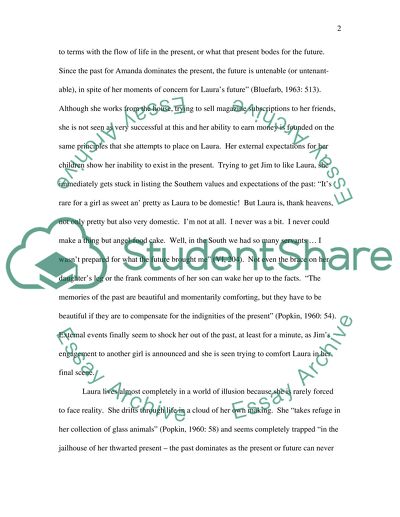Cite this document
(Internal and External Conflicts of the Characters in the Glass Assignment, n.d.)
Internal and External Conflicts of the Characters in the Glass Assignment. Retrieved from https://studentshare.org/literature/1545336-analyzing-the-glass-menagerie-please-analyze-the-characters-internal-andor-external-conflicts
Internal and External Conflicts of the Characters in the Glass Assignment. Retrieved from https://studentshare.org/literature/1545336-analyzing-the-glass-menagerie-please-analyze-the-characters-internal-andor-external-conflicts
(Internal and External Conflicts of the Characters in the Glass Assignment)
Internal and External Conflicts of the Characters in the Glass Assignment. https://studentshare.org/literature/1545336-analyzing-the-glass-menagerie-please-analyze-the-characters-internal-andor-external-conflicts.
Internal and External Conflicts of the Characters in the Glass Assignment. https://studentshare.org/literature/1545336-analyzing-the-glass-menagerie-please-analyze-the-characters-internal-andor-external-conflicts.
“Internal and External Conflicts of the Characters in the Glass Assignment”, n.d. https://studentshare.org/literature/1545336-analyzing-the-glass-menagerie-please-analyze-the-characters-internal-andor-external-conflicts.


